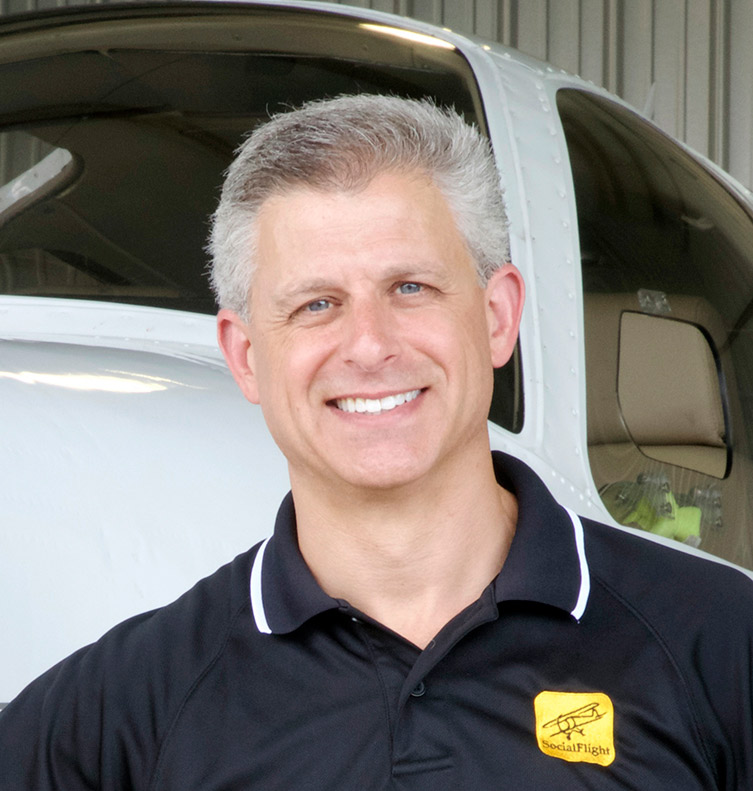Aircraft Maintenance: Tackling top overhaul decisions
Let me start by saying that I sincerely care about my engine just as much as you do yours. I want it to be healthy and happy and give it the care and attention it deserves. An aircraft without a functioning engine is, technically, a glider, and most pilots that I know would rather fly gliders by choice than by obligation.
That said, I do not believe that all maintenance is good maintenance, any more than one might argue that not all surgery is good surgery. Maintenance, like surgery, always comes with some degree of risk of complications. This is especially true of engine maintenance involving the removal and reinstallation of cylinders. The removal of cylinders involves substantial disassembly of the other systems in the cowling in order to create the clearance necessary for the task. It also disrupts the preset torque on the engine case and can impact main bearing clearances critical to proper engine lubrication if done improperly. The associated risk multiplies with the number of cylinders replaced.
This brings us to the colloquial “top overhaul,” which basically means that all of the cylinders have been replaced (or overhauled) at the same time. In almost all cases, the concept of preventive maintenance is at work in some form or other when a top overhaul is performed. It would be extremely rare for all of the cylinders to simultaneously fail in such a way as to require replacement of all of them. Each cylinder is an independent “engine” unto itself. The moving parts are not directly connected from one cylinder to another. They each experience different cooling airflow, fuel/air mixtures, and temperatures. Unless there is some extraordinary incident such as oil starvation or contamination, overheating, foreign object damage, or a prop strike, a failure in one cylinder does not mean the other cylinders are about to fail themselves.
There are a variety of reasons that I have heard arguing in favor of a complete top overhaul, but the underlying philosophy is usually the same: Replace all of the cylinders at once and get a “clean slate,” similar to an engine overhaul. The problem with this philosophy is that a zero-time engine (or cylinder) is statistically not the lowest maintenance starting point. That distinction belongs to engines or components that have enough time on them to prove their stability, yet not so much time as to make excessive wear an issue. I would fly behind a 500-hour engine any day compared with a five-hour engine.
It is important to point out that, in the eyes of the FAA and engine manufacturers, there is no such thing as a “top overhaul”; it is simply a repair. Given this correct definition, it begs the question: Why would you repair cylinders that are not broken? Repairing all of the cylinders at once to increase the reliability or longevity of the engine means you are betting that they all will break in properly, they all will be free of any manufacturing defects, they all will have a longer life than the cylinders they replaced, and, of course, that the process of removing and re-installing all of the cylinders introduced no other issues. Those are challenging odds when compared with existing cylinders that do not meet the manufacturer’s criteria for replacement.
Let me be especially clear on that last point: I believe in following the manufacturer’s guidelines for inspection, overhaul, and maintenance. If you have a question, refer directly to the manufacturer’s publications and, if possible, consult them directly or utilize their facilities for some of the work. (Continental Motors has its own maintenance and overhaul facility called Continental Motors Services.) The cases I am challenging here are those where the cylinder is within the specs set by the manufacturer but is electively replaced for some perceived gain.
There are some very good reasons to replace a cylinder, but proximity to a known bad cylinder isn’t one of them. There are exceptions to every rule, and the concept of repairing a cylinder that is still within the manufacturer’s specs does have merit if you are monitoring a trend that is likely to make the cylinder unairworthy in the near future. This is especially true in cases where work on the engine is especially difficult, such as in a turbocharged engine, which could require the engine to be removed in order to replace a cylinder. In such cases, it may make sense to replace a cylinder that is marginal, but airworthy, while the engine is accessible. However, these are not valid reasons to replace all cylinders as a matter of course.
I can already feel my inbox heating up as I write this, but I believe it’s important to tackle controversial subjects head-on. In the next few articles, we will take a look at how to evaluate cylinder issues in order to determine when pulling a jug is the right course of action. In all cases, the manufacturer’s guidelines should supersede “common knowledge,” and that is at the crux of the controversy. So, until next time, Happy Flying!




